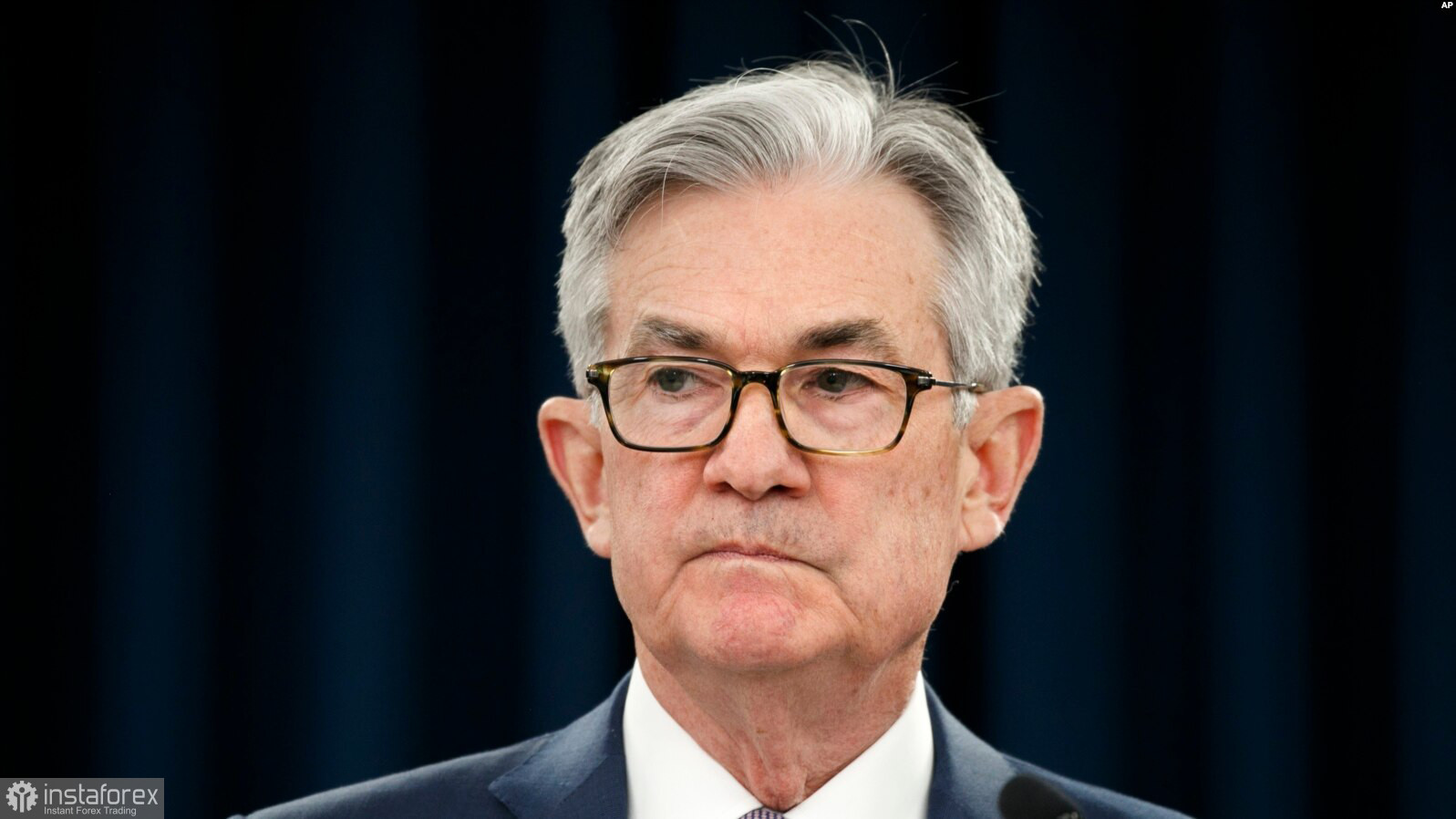
Recently, the topic of curtailing the quantitative stimulus program in the United States has been very vividly discussed. This is a very important event and process since it is a change in monetary policy. Over the past two years, the Fed has been buying mortgage and treasury bonds, flooding the economy with money (liquidity), stimulating it in times of crisis. However, following the results of the November meeting, the Fed decided to start reducing the volume of monetary injections into the American economy. This step can be called "hawkish". However, the US stock market, we can say, did not react to this step on the part of the regulator. On the one hand, this is even somewhat logical. After all, the US economy is still receiving money "out of nowhere", so stocks continue to be bought. On the other hand, this process will have to be completed in the first half of 2022, when the Fed will not only completely curtail the QE program but also begin to raise rates. And an increase in rates will mean that less risky assets (such as government bonds and deposits) will become more profitable. And if inflation does begin to decline in the United States, then sooner or later capital will begin to flow from the stock market into the bond and deposit market. In addition, The Wall Street Journal reports that already at the next meeting, the Fed will begin to explore the option of reducing its balance sheet, which has swollen to $8.7 trillion during the pandemic. If this is true and the Fed, after completely abandoning QE, starts not only raising rates but also unloading its statement, this will be an even more "hawkish" decision that will have to hit risky assets. All cryptocurrencies, as well as any other digital assets, will be under threat of falling. Also, the reduction of the Fed's balance sheet will mean the opposite process to that observed in the last two years. Now the regulator will withdraw excess liquidity from the economy, that is, reduce the money supply. Accordingly, the stock market, the cryptocurrency market and many other goods that have risen in price over the past year or two (raw materials, electricity, fuel) will have to start getting cheaper. Or, at least, inflation should begin to decline.
Thus, the Fed is sending more and more signals that it is ready to embark on the path of normalization of monetary policy, which implies a whole series of tightening for it. If this is true, then 2022 could be a very difficult year for markets that have already become accustomed to "cheap" money over the past couple of years. Of course, coronavirus can always make its adjustments. Just yesterday, a new strain was announced, which doctors discovered in the south of France. What the new strain will bring us is still unknown. The world hasn't even had time to deal with Omicron yet.
 English
English 
 Русский
Русский Bahasa Indonesia
Bahasa Indonesia Bahasa Malay
Bahasa Malay ไทย
ไทย Español
Español Deutsch
Deutsch Български
Български Français
Français Tiếng Việt
Tiếng Việt 中文
中文 বাংলা
বাংলা हिन्दी
हिन्दी Čeština
Čeština Українська
Українська Română
Română

